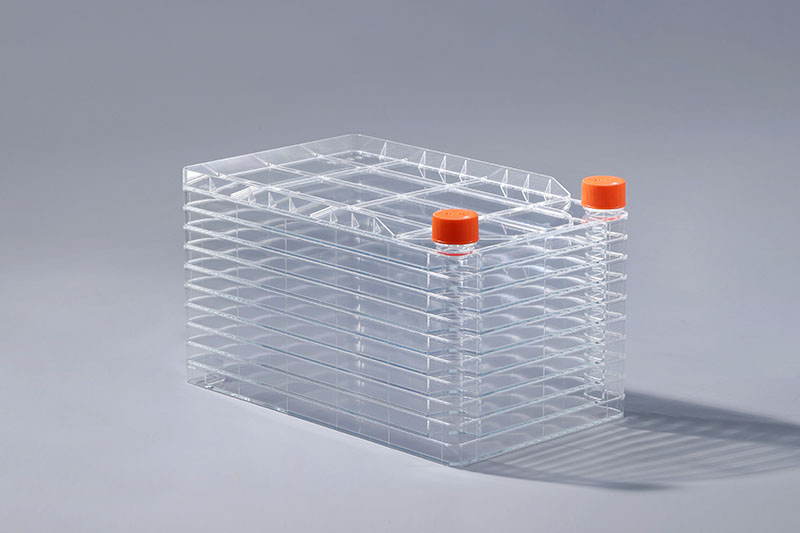은 세포 배양 소모품의 다층 구조로 넓은 배양 면적, 작은 식물 공간 점유 및 낮은 오염도의 장점이 있습니다. 제품의 품질을 확보하기 위해서는 다양한 검사가 필요하며, 초기 오염균 검사는 그 중 하나입니다.일반적으로 초기 오염균 검사는 바이오버든의 추정값입니다. 살균할 제품. 미생물한도시험은 멸균 전 멸균제품 및 원재료, 부자재 및 완제품의 미생물 오염 정도를 나타내는 것으로 오염량 및 방제균의 양을 포함한다. , 즉, 일반적인 집락 수, 대장균군 및 병원성 박테리아 검사입니다. 이 테스트의 목적은 살균 효과를 보장하기 위해 살균 복용량과 같은 세포 공장의 다음 살균에 대한 참조 지표를 제공하는 것입니다. 살균 공정의 효율성을 모니터링하기 위한 테스트라고 할 수 있습니다.cell factory
바이오버든 분석을 위해 테스트를 위해 3개의 개별 제품 배치에서 최소 10개의 샘플을 추출했습니다. 바이오버든 분석은 검증되고 이용 가능한 방법에 따라 수행되어야 합니다. 각 배치의 평균 바이오버든을 계산하고 30개 샘플의 평균 바이오버든을 3개 배치의 전체 평균 바이오버든으로 사용했습니다. 3개 배치 중 하나의 평균 바이오버든이 전체 평균 바이오버든의 2배 이상이면 배치 평균을 선량 검증에 사용하고, 그렇지 않으면 3개 배치의 전체 평균을 선량 검증에 사용한다.
To 요약하면, 세포 공장에서 초기 오염 박테리아 검출의 목적은 살균 용량을 확인하고 살균 과정의 효과를 모니터링하여 제품의 살균을 보장하는 것입니다.
To sum up, the purpose of the initial contaminating bacteria detection in the cell factory is to confirm the sterilization dose, monitor the effectiveness of the sterilization process, and thus ensure the sterility of the product.
The FAI climbed 5.9 percent year-on-year in the first 11 months of 2018, quickening from the 5.7-percent growth in Jan-Oct, the National Bureau of Statistics (NBS) said Friday in an online statement.
The key indicator of investment, dubbed a major growth driver, hit the bottom in August and has since started to rebound steadily.
In the face of emerging economic challenges home and abroad, China has stepped up efforts to stabilize investment, in particular rolling out measures to motivate private investors and channel funds into infrastructure.
Friday's data showed private investment, accounting for more than 60 percent of the total FAI, expanded by a brisk 8.7 percent.
NBS spokesperson Mao Shengyong said funds into weak economic links registered rapid increases as investment in environmental protection and agriculture jumped 42 percent and 12.5 percent respectively, much faster than the average.
In breakdown, investment in high-tech and equipment manufacturing remained vigorous with 16.1-percent and 11.6-percent increases respectively in the first 11 months. Infrastructure investment gained 3.7 percent, staying flat. Investment in property development rose 9.7 percent, also unchanged.
 English
English



















































